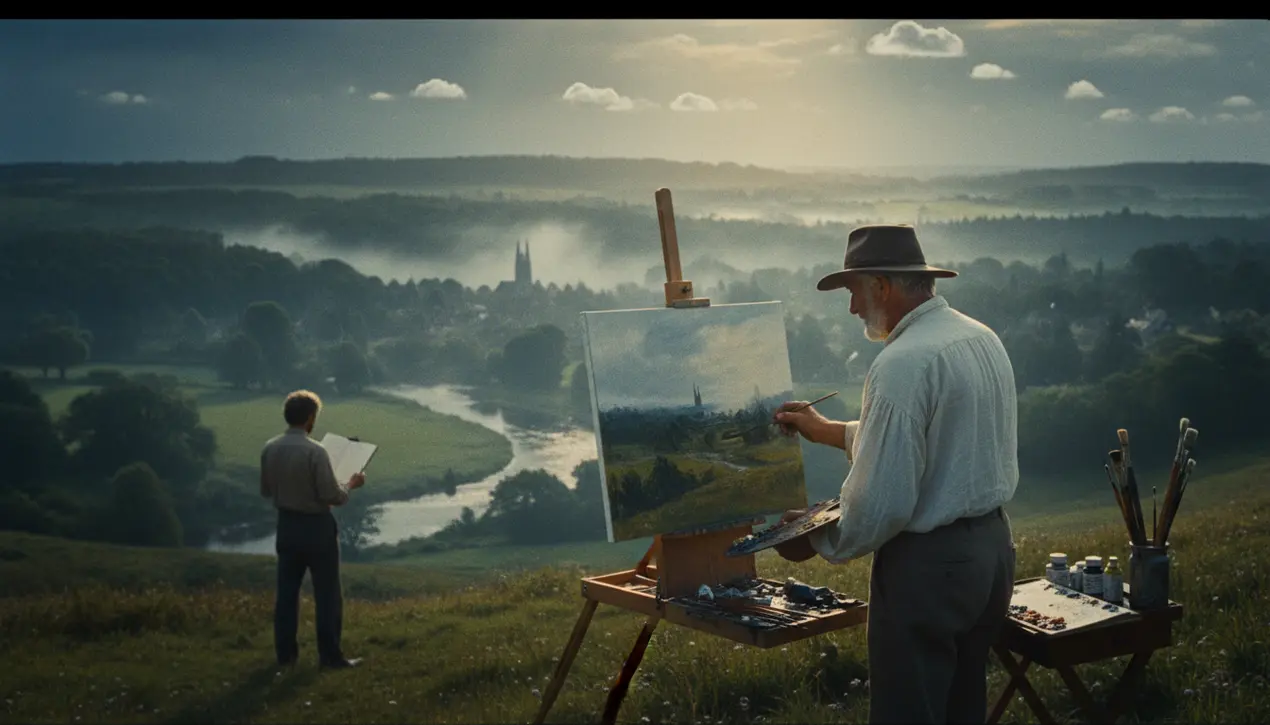
Entertainmenttheatre & artsArt Exhibitions
Origins and History of Plein Air Outdoor Painting.
AM
Amanda Lewis
5 hours ago7 min read1 comments
The act of stepping out of the studio and into the open air with an easel, a move we now casually term 'plein air painting', was nothing short of a revolutionary act in its time, a dramatic pivot from the controlled, artificial light and staged compositions of the academy to the raw, unfiltered truth of nature. To understand this seismic shift, we must journey back before the Impressionists, who are often mistakenly credited with the invention of the practice, to the late 18th and early 19th centuries, where artists like Pierre-Henri de Valenciennes began to rigorously advocate for outdoor oil sketching as a fundamental discipline for landscape painters, arguing that only by directly confronting the ephemeral play of light and atmosphere could one hope to capture its essence.This was not merely a technical adjustment but a philosophical one, a move towards a new kind of visual honesty that challenged the historical and mythological grand narratives that dominated the salons. The true pioneers, however, were the English artists John Constable and J.M. W.Turner, who took this ethos to heart; Constable with his cloud studies executed with scientific precision in the fields of Suffolk, and Turner, who famously had himself tied to the mast of a ship during a storm to better witness and later translate the sublime fury of the elements onto canvas. Their work laid the groundwork for the Barbizon School in France—artists like Théodore Rousseau and Jean-François Millet, who retreated to the Forest of Fontainebleau to paint rural life and landscapes *sur le motif*, directly from the subject.This lineage culminated, of course, in the Impressionist explosion of the 1870s, where the portable paint tube, a technological marvel in its own right, liberated Monet, Renoir, and Pissarro to chase the sunlight, painting the fleeting effects on water lilies, bustling boulevards, and haystacks with a speed and vitality that studio work could never replicate. The critic Louis Leroy’s infamous derision of Monet’s ‘Impression, Sunrise’ inadvertently christened the movement, but the real victory was the establishment of a new artistic truth: that authenticity was found not in idealized perfection, but in the immediate, sensory experience of the world.This was a cinematic breakthrough long before cinema, a rejection of the staged set for the location shoot, prioritizing the director’s—or in this case, the painter’s—immediate encounter with their subject. The legacy of plein air is not confined to museum walls; it fundamentally altered the relationship between artist and environment, championing perception over preconception, and its spirit echoes today in every photographer capturing a sunset or a filmmaker using natural light, a testament to the enduring power of stepping outside to see the world as it truly is, in all its messy, glorious, and transient beauty.
#plein air painting
#art history
#outdoor painting
#art techniques
#featured
#radical art movements
Stay Informed. Act Smarter.
Get weekly highlights, major headlines, and expert insights — then put your knowledge to work in our live prediction markets.
Comments
Loading comments...
© 2025 Outpoll Service LTD. All rights reserved.